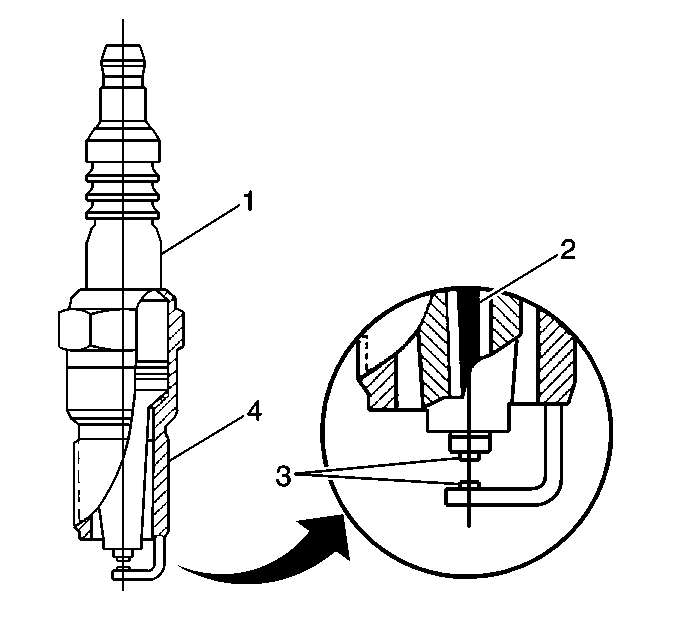Electronic Ignition (EI)
For information on the electronic ignition, refer to Electronic Ignition (EI) System Description in Engine Controls-3.1L or Electronic Ignition (EI) System Description in Engine Controls-3.8L.
Ignition (IC) Control Circuit
For information on the IC circuit, refer to Electronic Ignition (EI) System Description in Engine Controls-3.1L or Electronic Ignition (EI) System Description in Engine Controls-3.8L.
Ignition Timing
For information on ignition timing, refer to Electronic Ignition (EI) System Description in Engine Controls-3.1L or Electronic Ignition (EI) System Description in Engine Controls-3.8L.
Secondary Wiring
The spark plug wiring is 7 mm (9/32 inch) in diameter. It consists of a core (conductive center) which can be metallic or non-metallic, insulation which gives the cable dielectric strength, a braid which functions as a strength member and a rubber jacket which provides environmental protection. The silicone spark plug boots provide a tight seal on the spark plug. Do not force anything between the boot and wiring or through the silicone jacket. Connections should be made in parallel using an appropriate adapter. The spark plug wire boots contain FHC grease as a lubricant. This lubricant will last the life of the spark plug wires. This coating is clear and has a slightly waxy feel. The coating helps prevent the silicone spark plug boot from sticking to the spark plug ceramic. This greatly reduces the effort required to remove and install the spark plug boots and spark plug wires. If silicone type lubricants are added to FHC coated spark plug boots, carbon tracking of the spark plugs may occur. During spark plug wire removal, do not pull on the spark plug wire. Pull on the spark plug boot/shield, or use a tool designed for this purpose.
Spark Plugs
Extended Life Spark Plug (Typical)

